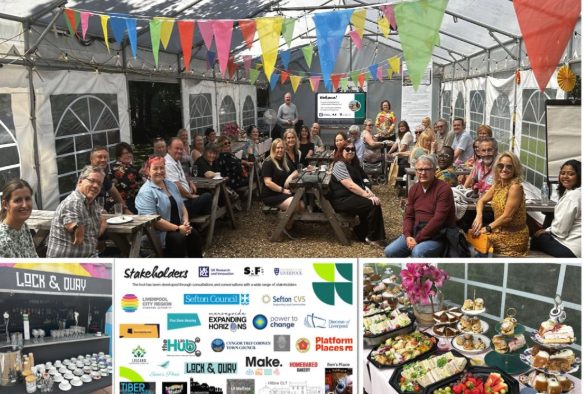
A digital tool has been developed by Liverpool University to help neighbourhoods develop community assets.
Community assets are run by communities for communities. They can include parks, housing, workspaces, centres, theatres and pubs.
However, community asset development is often complex and difficult to navigate. The new Neighbourhood Transformation Planning Tool (NTPT) is designed to make the process clearer so more communities and neighbourhoods can get involved.
The university estimates there are at least 700 potential community asset sites in Liverpool, and thousands nationally.
Robust research
Dr Kerry Traynor from the university’s Department of Communication and Media said: “It’s important that support for the sector is underpinned by robust research, informed by lived experience of those involved in community development, and accessible, inclusive and relatable for small-scale developers, which is why we took a co-production approach to design of this tool.”
More than 40 community organisations and stakeholders helped develop the tool. They celebrated its launch on 23 July at local community pub the Lock & Quay in Bootle.
Charity Safe Regeneration was one of the organisations involved in the design process. It regenerated the Lock & Quay pub and a local community arts centre. Under its model, profits are reinvested back into the neighbourhood.
Raising aspirations
Safe Regeneration chief executive and founder, Brian Dawe, said: “We talk about ‘neighbourhood transformation’ because we want to be bold and raise aspirations of communities to help them understand the change that they can create, with the right support. What we need now is a new community leadership development programme to bring community developers together and offer mentoring and coaching to support them through the process step-by-step.”
Funding for the project came from Research England through the university’s Public Policy Quality Related Scheme.
Don’t miss out on BIM and digital construction news: sign up to receive the BIMplus newsletter.












